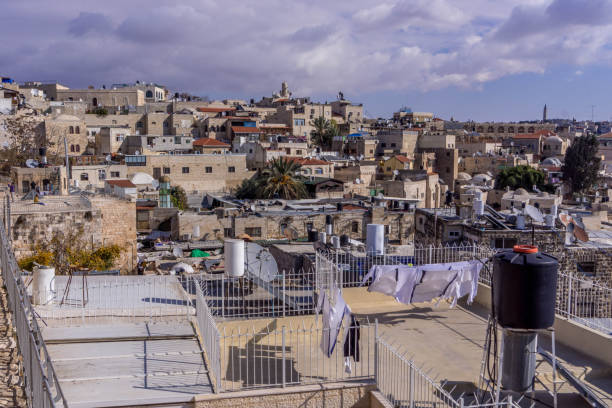Hello Everyone! Welcome to SasVibe. Israel’s military operations in Gaza have been a focal point of global attention, sparking debates, protests, and intense scrutiny. These attacks are often a result of longstanding conflicts between Israel and Palestinian factions in Gaza, primarily Hamas. To understand the complexity and the ramifications of these attacks, it’s essential to delve into the historical, political, and humanitarian aspects.
Historical Context
The conflict between Israel and Gaza is deeply rooted in history. Following the end of the British mandate in Palestine and the creation of Israel in 1948, the region has experienced multiple wars and conflicts. Gaza, a small strip of land along the Mediterranean coast, came under Israeli control after the Six-Day War in 1967. Despite Israel’s withdrawal from Gaza in 2005, the region has remained a hotspot for violence.
Political Dynamics
Gaza is primarily governed by Hamas, a Palestinian militant organization that has been at odds with Israel since its founding. Hamas’s refusal to recognize Israel’s right to exist and its commitment to armed resistance has led to frequent military confrontations. Israel, citing security concerns, has imposed blockades on Gaza, restricting the movement of goods and people. These blockades have been a point of contention, leading to international debates over their legality and humanitarian impact.
Recent Attacks and Military Operations
Israel’s attacks on Gaza are often triggered by rocket fire from Palestinian militants. In response, Israel conducts airstrikes targeting what it describes as military infrastructure, including weapons depots, tunnels, and command centers. These operations aim to neutralize threats but often result in significant civilian casualties and widespread destruction.
For example, in the May 2021 conflict, over 250 Palestinians, including women and children, were killed, and thousands were injured. The infrastructure in Gaza, already weakened by years of blockades and previous conflicts, suffered severe damage, affecting hospitals, schools, and residential areas. Israel reported 13 deaths, including soldiers and civilians, due to the conflict.
Humanitarian Impact
The humanitarian impact of these attacks is profound. Gaza, with a population of over 2 million, faces a severe humanitarian crisis. The frequent bombings and the blockade have led to shortages of essential supplies, including food, medicine, and fuel. The destruction of infrastructure further exacerbates the living conditions, leading to a lack of clean water, electricity, and adequate healthcare.
The psychological toll on the population is also significant. Continuous exposure to violence and instability has led to widespread trauma, particularly among children. International organizations, including the United Nations, have repeatedly called for measures to protect civilians and provide humanitarian aid.
International Reactions
The international community’s response to the Israel-Gaza conflict is divided. Many Western countries, including the United States, affirm Israel’s right to self-defense but also urge for proportionality and the protection of civilians. On the other hand, many countries in the Middle East and beyond condemn Israel’s actions, accusing it of disproportionate use of force and violations of international law.
Various international bodies, including the UN, have launched investigations into potential war crimes committed by both sides. Human rights organizations have documented numerous instances where the conduct of both Israeli forces and Palestinian militants could amount to violations of international humanitarian law.
Path to Resolution
Resolving the conflict between Israel and Gaza requires addressing the underlying issues. A sustainable peace process would need to tackle the political status of Gaza, the blockade, and the broader Israeli-Palestinian conflict. Efforts such as ceasefires and peace talks have often been short-lived, failing to address the root causes of the conflict.
There is a consensus among many international diplomats and peace advocates that a two-state solution, which envisions an independent Palestinian state alongside Israel, is the most viable path to peace. However, achieving this requires significant compromises from both sides and a concerted effort from the international community to support negotiations and ensure compliance with international laws and agreements.
Conclusion
The attacks on Gaza by Israel are a manifestation of a deeply entrenched and complex conflict that has far-reaching humanitarian, political, and social implications. Understanding this conflict requires a nuanced approach that considers historical grievances, political dynamics, and the dire humanitarian situation. While immediate ceasefires can provide temporary relief, a lasting resolution will require sustained diplomatic efforts and a commitment to addressing the fundamental issues at the heart of the Israel-Gaza conflict.



